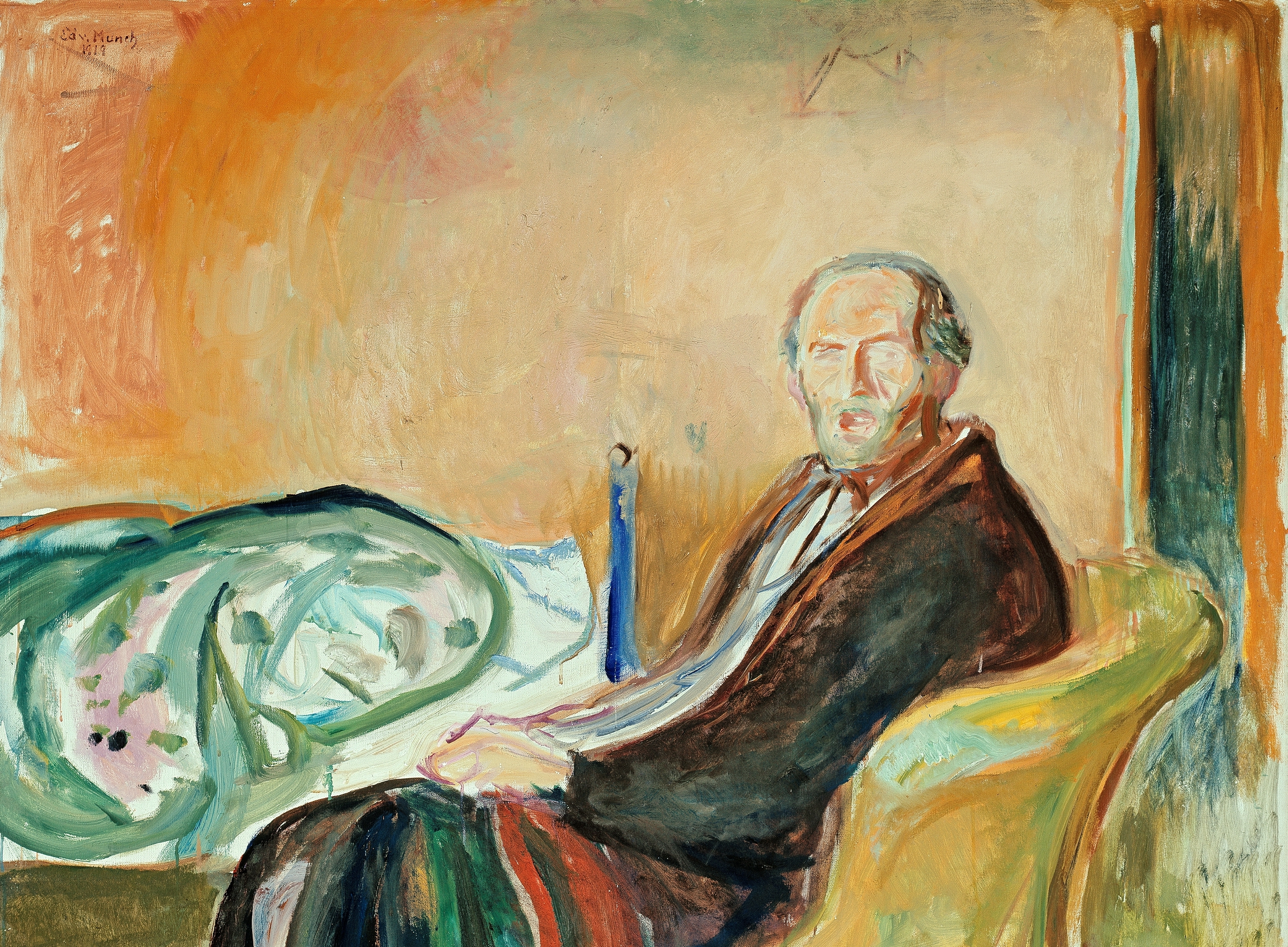“My priority as an artist has always been to record and celebrate our lives.”
– David McDiarmid, Australian artist and HIV/AIDS activist 1
We have seen many times throughout history when beautiful and powerful art was created in times of illness, loss, oppression, and suffering. There have been pandemics, wars, and persecution of entire peoples that have been most truthfully documented through art.
We as a global society do not speak the same language and so rarely do we ever experience the same things. However, art is the one thing that is natural to all of us. It is the one thing that we can trust with our stories and our emotions. We have learned time and again that the narratives told through textbooks and history classes are so rarely representative of the truth, that they have never accurately captured the voices and the experiences of the oppressed, the underrepresented, the overlooked. Through art, we are able to bring those voices into the present and hold them up high. This is why the preservation of art is so severely important.
The Danger of Comparison
As many people mourn their loved ones in isolation, some have started to make a comparison between Covid-19 and the AIDS epidemic of the 1980s. Emptier streets, public mourning, widespread fear. However, it is not that simple. For every similarity between the two epidemics, there are multiple differences. Most importantly, the US government is funneling trillions of dollars into fighting the Covid pandemic, while those in the gay community who were affected by AIDS were ignored, belittled, and left to die. 2 It is important to realize that these two diseases, as well as every plague and influenza, should not be compared and contrasted in trite ways. Discussing any global or widespread devastation as simply numbers and stats or times in history can lead to desensitization that makes room for history to repeat itself.
That being said, it can be empowering to discuss and honor artwork created by those affected by disease or oppression. The artwork that emerged from the gay community in the ’80s is some of the most provocative, emotive, poignant work we have seen still today. Beyond that, the art of the ’80s was regulated to a point where artists had to create strategically, figuring out ways to portray their messages without alerting the mainstream to what they were discussing. 3 For these reasons, all types of art—painting, music, sculpture, writing—were cracked wide open in the ’80s, when more room was made for interpretation and messages made within marginalized groups.
Connection Through Art
We can see the ways that art has helped those who are struggling, but it also has the power to connect people across decades and eras—people with seemingly nothing in common, who did not live at the same time. A beautiful example of this stems from the artist Edvard Munch. Perhaps best known for his painting The Scream, Munch was a painter who faced disease throughout his life. He lost his mother and older sister to tuberculosis before the age of 15 and he later survived the Spanish Flu pandemic of 1918, contracting the disease himself. Munch painted Self Portrait After the Spanish Flu in 1919 (seen above, cropped), a seemingly simple portrait that beautifully captures life in a pandemic. “The terse yet unsteady demeanor,” Polyxeni Potter of Emerging Infectious Diseases writes, “the puffy discolored glare, the quivering lines of fever and chills, only highlight the despair and isolation of the ‘grippe’ patient, the oppression, the weakness, the malaise, the lack of air, the stupor, the hopelessness.” 4
An entire century later, Mark Olival-Bartley, the poet in residence at Eco-Health Alliance, placed himself within the mindset of Munch and wrote a poem called “Self-Portrait with the Spanish Flu.” 5 The poem, quoted below, interacts with Munch’s painting, simultaneously bringing us back in time and pulling Munch into the present day. While comparing the Spanish Flu and Covid-19 wouldn’t necessarily be respectful or productive, the art created during times like these is practically magical in its abilities to bring us together.
Self-Portrait
with the Spanish Flu
The scream evokes the dream I dread.
‘‘I want to sit up,’’ you had said,
regarding the chair.
I carried you there
from the bed. Tears were shed
but not by you. You drew cold air
and shut your eyes, ever the fair
sister I adore.
The halos of your
backlit hair
led my stare
from their gilt sheaves to the cracked score
of the window-panes’ ferny hoar
frost. Your soul, wrested
from its maidenhead,
found the door.
Metaphor.
This phthisis has disquieted
the Muses and dispirited,
yea, Apollinaire,
his devil-may-care
and hurt head,
shepherded
to futter the fields of trouvère.
Endless black weddings fill the air
with song and implore
the dispatch of war
like despair;
everywhere,
we fall sick with fevers that pour
gloom into us and dull the core
of bright hues that fed
on what painters bled
from a door
heretofore.
– Mark Olival-Bartley 6
